Discriminatory abuse
Discriminatory abuse is
the unequal or unfair treatment of an individual based on one or more of the “protected characteristics” such as age, disability, gender, race, religion or belief, marriage and civil partnership, or pregnancy and maternity. This form of abuse can manifest in various ways, including derogatory comments, harassment, denial of services, or unequal provision of services, and can have significant negative impacts on a person’s mental health and overall quality of life.
How discriminatory abuse occurs:
Unequal Treatment: Directly treating someone less favorably due to a protected characteristic.
Verbal Abuse and Harassment: Using derogatory remarks, slurs, or engaging in behavior that makes someone feel unwelcome or intimidated based on their identity.
Denial of Services or Substandard Care: Preventing access to essential services (like healthcare, education, or employment) or providing lower-quality services because of a protected characteristic.
Exclusion or Isolation: Deliberately excluding someone from opportunities or activities.
Indirect Discrimination: Implementing policies or practices that, while seemingly neutral, put individuals with certain characteristics at an unfair disadvantage. Examples of discriminatory abuse:
Saying that applicants for a job must be clean-shaven, which could disadvantage members of some religious groups.
Not providing communication aids or interpreters for individuals who need them.
Providing different or substandard support without a clear reason. Addressing Discriminatory Abuse:
Recognize and Challenge: Be aware of the signs of discriminatory abuse and challenge instances when they occur.
Report Concerns: If you or someone you know is experiencing discriminatory abuse, it's important to report it to the appropriate authorities or organizations.
Seek Support: Various organizations offer support and advice to victims of discrimination.
Promote Awareness and Training: Raising awareness about unconscious bias and providing training can help prevent discriminatory abuse in professional settings. 


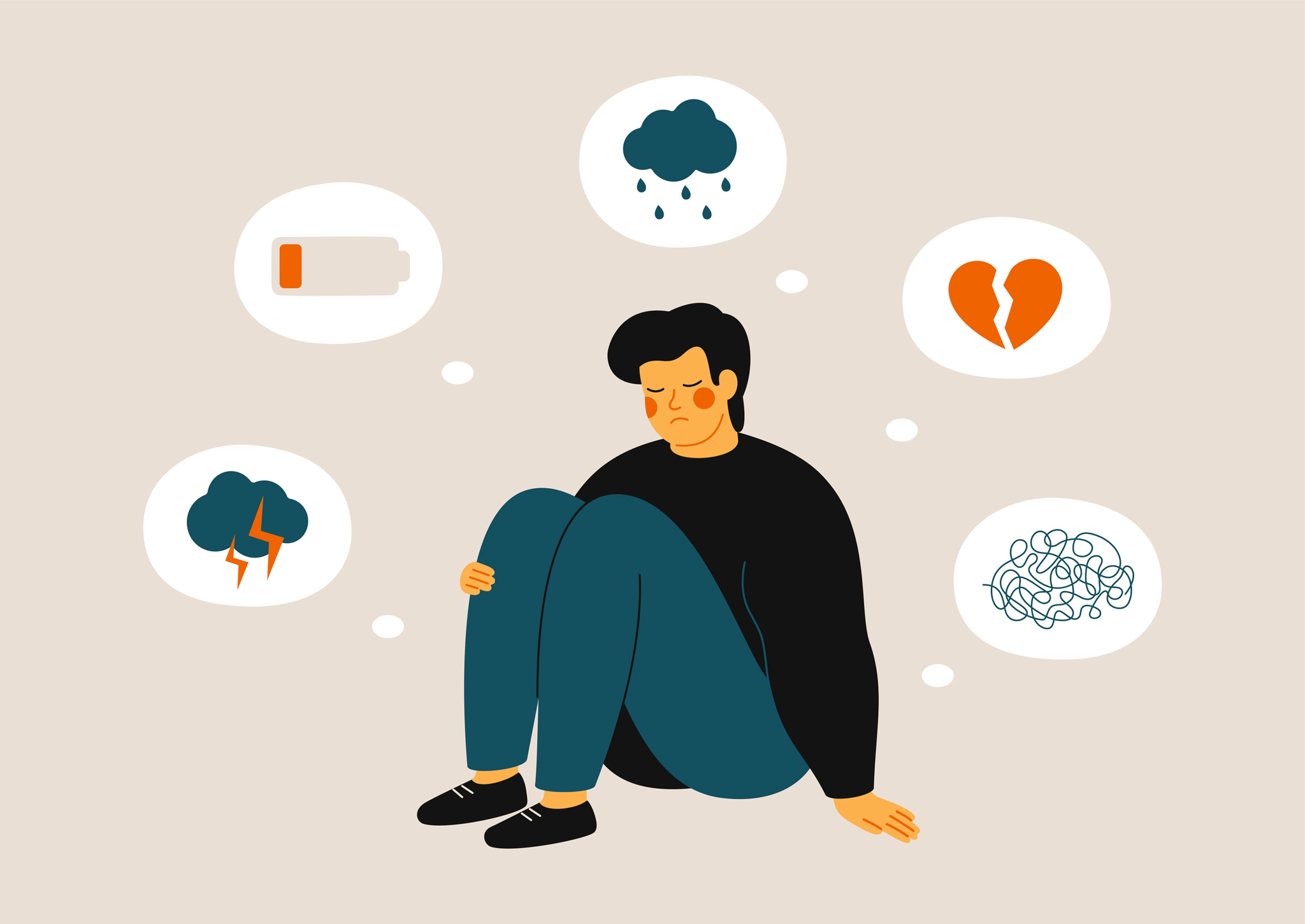


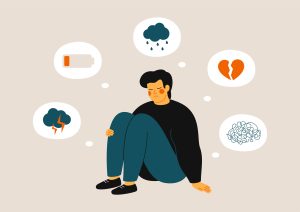



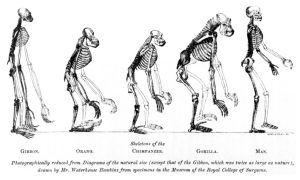
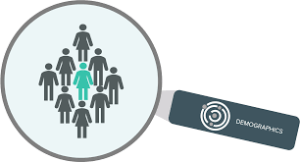







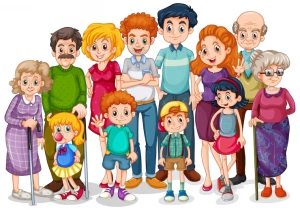











Post Comment